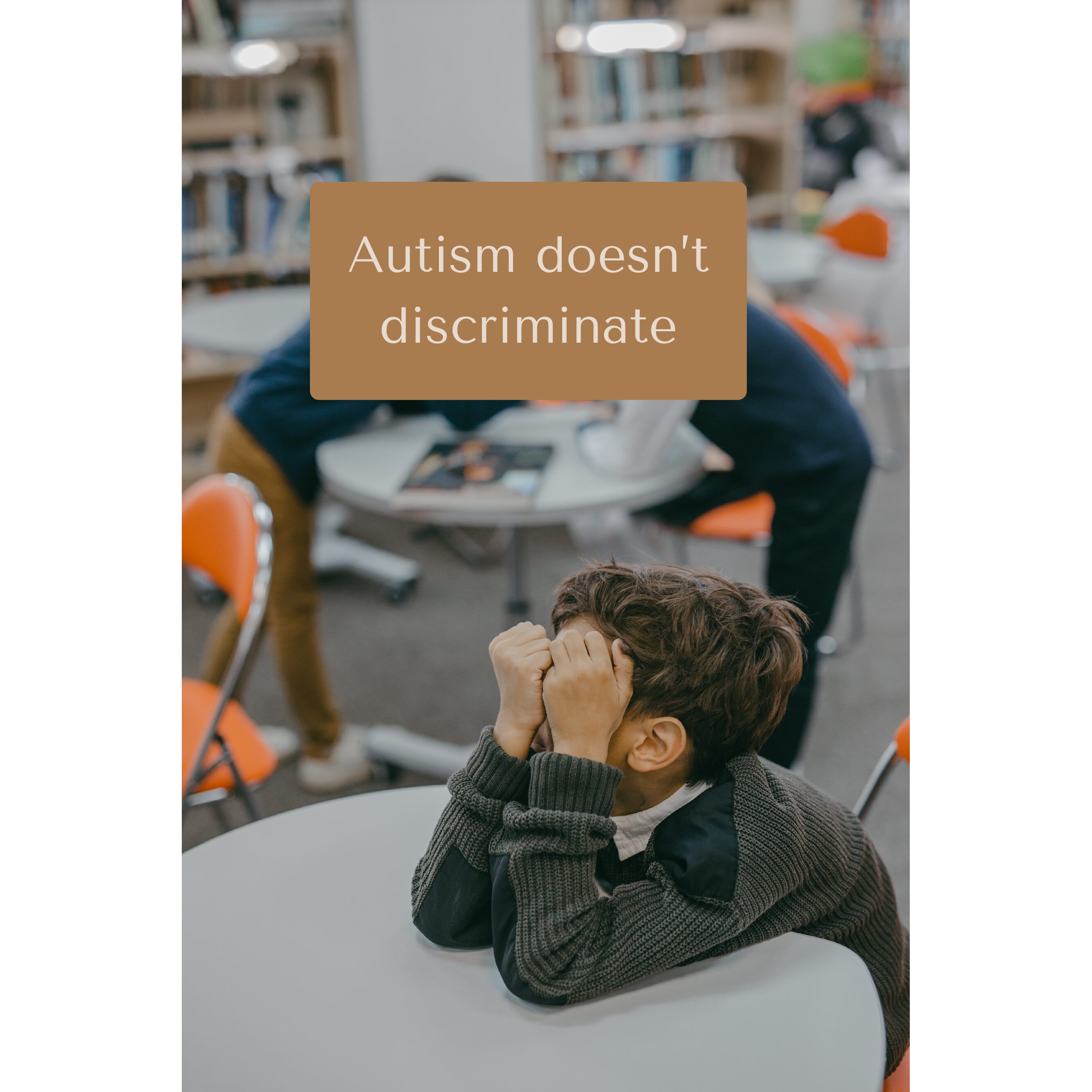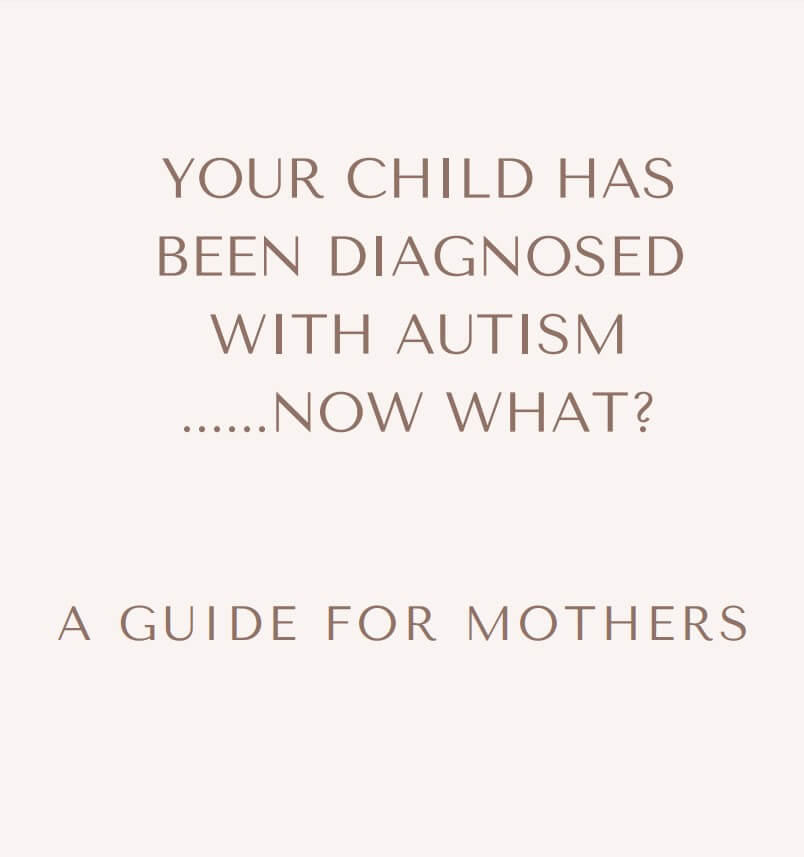
Sibling Support: 7 Strategies for Sibling Validation in Autism
Being a brother or sister to an autistic sibling can be frustrating, exhausting, overwhelming and heartwarming all at once. Young siblings don’t quite understand what is happening and why their brother or sister isn’t hitting the milestones that they are. Older siblings can be embarrassed by their brother or sister’s stimming, meltdowns or social anxiety.
Family dynamics play such a crucial role in how a child develops and the skills that they learn at home. Having a family member with autism can present with challenges, however, utilizing these 7 strategies will help the typical children of your family better understand their autistic sibling, where they’re coming from and what works best for the entire family.
Strategy 1: Give them age-appropriate information.
If you have young children and they start inquiring about their autistic sibling, give them age-appropriate information that they can easily digest. Use metaphors for actions like autistic child’s physical stimms or how the reason that they like things to be a certain way. An example of this is when your autistic son or daughter likes to flap his or her hands, that’s they’re way of showing that they’re taking in the information. Stimms can represent a host of different emotions from excitement to anxiety, to tiredness and more. By explaining this, it helps it helps to further unpack the meaning with your typical child so that they can put the action into context when it happens.
Strategy 2: Validate appropriate participation
Sometimes siblings feel like they need to take on the parent role when it comes to their autistic sibling. As the parent, be sure to fully take on that responsibility yourself, however, to explain that its ok to take on smaller tasks, but it’s not necessary for the typical child to feel like they have to do it all. This can lead to resentment and/or burnout. Validate and praise your typical child for stepping in to help, however, Mum or Dad can take on the rest. Validating the sibling will make them feel seen and heard.
Strategy 3: Teach them not to be ashamed of their siblings ASD traits, but to be proud of them.
Typical siblings are usually the ones that are the best teachers of other typical children when it comes to their autistic brother or sister. If they show embarrassment or feelings of being ashamed by their siblings ASD traits, their typical friends will follow suit and do the same. The only way to foster inclusion is if we can show the outside world what inclusion looks like. Tell your typical child to be proud of their ASD sibling and all of the traits that come with it. Share with them that those actions are truly their self expression and how they’re feeling. It’s no different to if we fall and hurt ourselves, we cry. We’re expressing how we innately feel.
Strategy 4: Show siblings real life experiences of what if feels like to live in an autistic world.
Where possible, try to show and give real life examples of how sensory sensitives can affect your autistic sibling. For example – you may have the radio on at a normal pleasant sound for your typical child, now crank it up quite high and explain that sometimes your autistic child can hear the radio like this. You can use the same example for smells. What may smell pleasant for you as a typical child will be a far intense, almost headache and nauseating smell for your autistic child.
Strategy 5: Validate their feelings.
Typical children need to be seen and heard. Allow the space to get angry, cry, feel hurt by the situation at hand. Allow them to move through the emotions of whatever they’re feeling. No emotion is bad or wrong. They are entitled to feel exactly how they are feeling. Sometimes children just need to get it out of their system and then they can rest and move out of those heavy feelings and into a more happy place.
Strategy 6: Create a safe space.
Your typical child must have a space in their home where they can go to be away from the chaos and be in a place that makes them feel good and feel safe. Most times this can be their bedroom. Take them on a shopping spree to to their favourite store and allow them to choose specific pieces that will create that vibe. It could be a cool lamp, a nice rug, a doona cover with their favourite characters, soft lighting around the room or even an essential oils diffuser.
Strategy 7: Go for one on one outings.
Where possible take your typical child out for a one on one outing. Somewhere special, the movies, a playdate, to the park, to the museum. Make them feel special. Go for a hot chocolate, or an ice cream. Take the time to soak them up, ask them the questions that you wouldn’t normally do as you’d be doing all of the jobs at home. Take photos. Where possible, get your parents, in laws, aunts, uncles or friends to take your typical child out. It doesn’t just have to be you.
Here are some great resources to help siblings of autistic children:
Masterpiece: Alexandra Hoffman
Remarkable Remy, Melanie Heyworth
My Brother Otto, Elisa Pallmer
My Brother Charlie, Holly Robinson Peete
Benji, the Bad Day and Me, Sally J Pla and Ken Min
Book in a FREE 30 minute chat with me here.
Download my FREE guide – Your child has been diagnosed with autism……now what?
Join my facebook community to be with like minded mums going through the same journey as you.
Buy my book: #SheSpeaks – Stories of trauma to triumph, Amazon Number 1 Best Seller!













